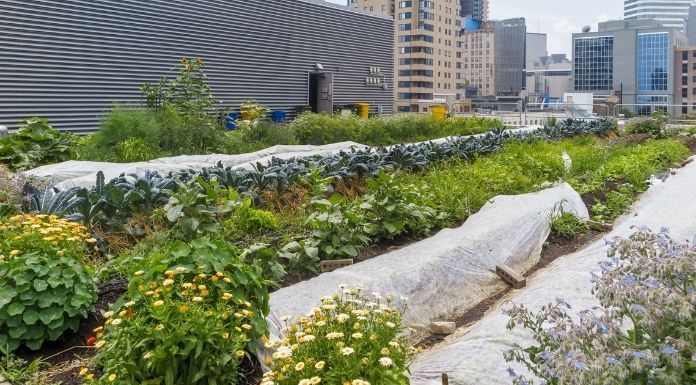( ENSPIRE Business ) Learn How To Operate an Urban Farm To Better Your Community
As society continues to prioritize sustainability, more communities are turning to alternative farming methods to supply their citizens with fresh produce. Urban farming allows areas with dense populations to grow their own food using innovative technologies and agricultural techniques. If you’re thinking about developing this kind of program for your community, here are some tips on how to start your own urban farm.
Build a Business Plan
Urban farms offer many community and environmental benefits, but they’re also businesses that generate income. Before starting your farm, you’ll need to build a business plan. This blueprint will help you make decisions about funding, marketing techniques, waste disposal methods, and so many other subjects. You can refer back to this plan for guidance whenever you hit any bumps along the way.
Find the Right Location
When you think about a farm, you probably picture a large expanse of land filled with grazing livestock. The beauty of urban farms is that you don’t need isolated space to operate. Vertical farming is ecologically sustainable, and it allows farmers to grow crops in unconventional locations such as warehouses and rooftops. Find a site that works for you and your goals so that you can efficiently meet all your business needs.
Get the Proper Tools
If you want to start your own urban farm and get the job done right, you’ll need specific tools. Traditional farming tools such as shovels, tillers, and shears are necessary, but your urban farm will need a few more supplies. If you’re building an indoor farm in your community, you’ll also need vertical pallets, portable carts, and a specialized HVAC system to create the perfect growing conditions. You’ll also need efficient water and lighting systems to give your crops vital nutrients.
Choose Your Crops
Traditional farms rotate crops to keep the soil fertile, limiting the kind of produce they can grow at any given time. Urban farms don’t have those same restrictions, especially if you’re developing a vertical indoor farm. Reach out to your community to identify demand, and see if you can accommodate those crops first. This way, you can meet the needs of every citizen by making fresh produce more accessible.
Starting an urban farm is easier than ever with the right resources. By following these tips, you can introduce a healthy, sustainable program that will improve your entire community.










